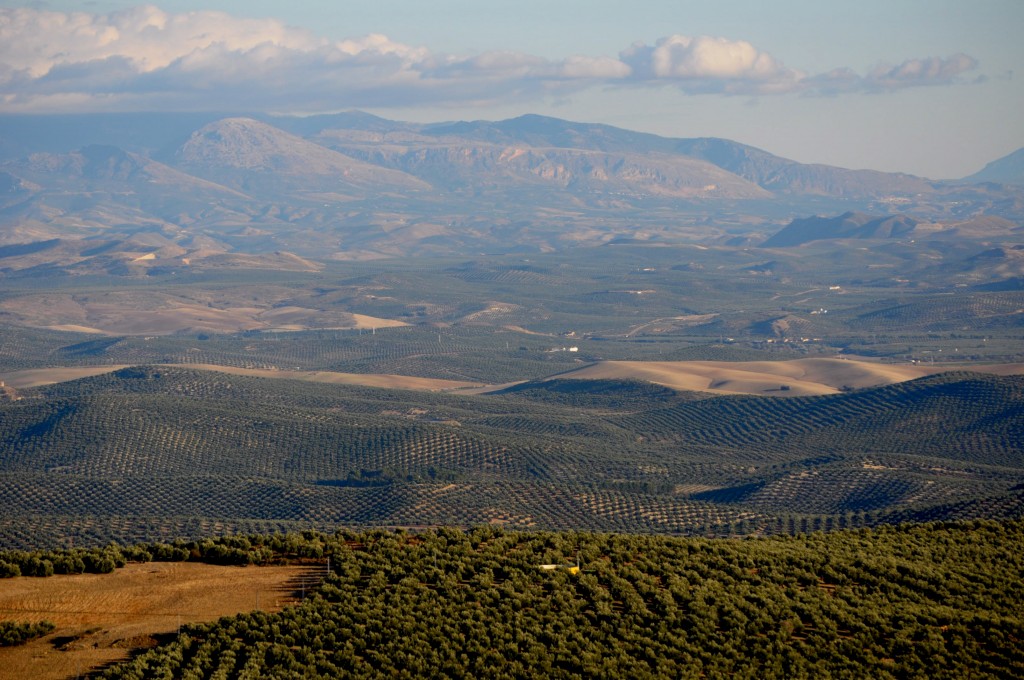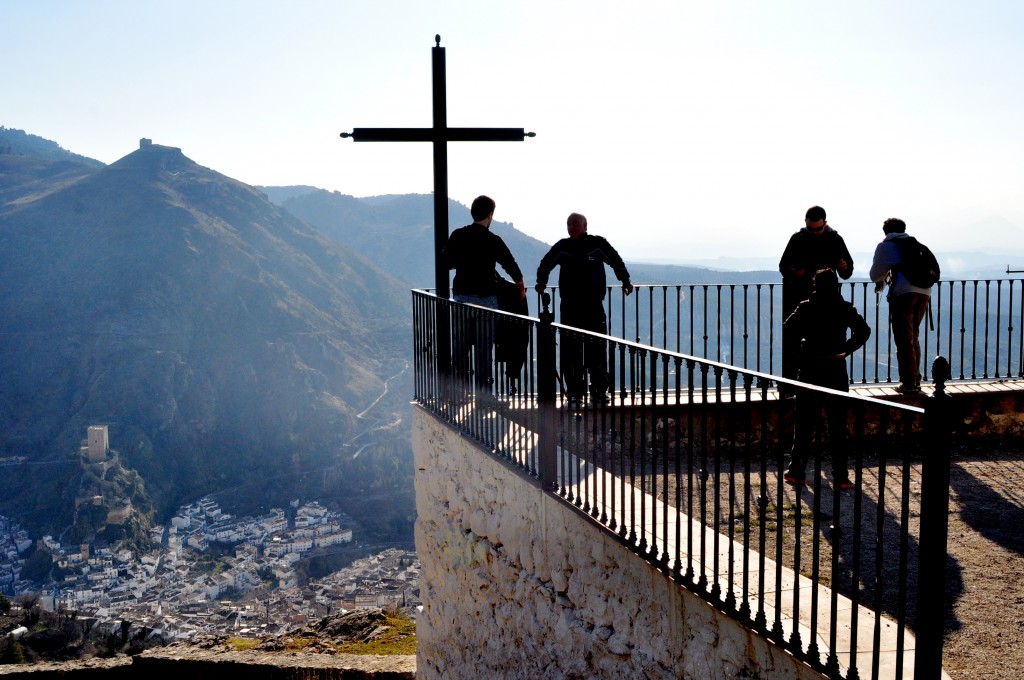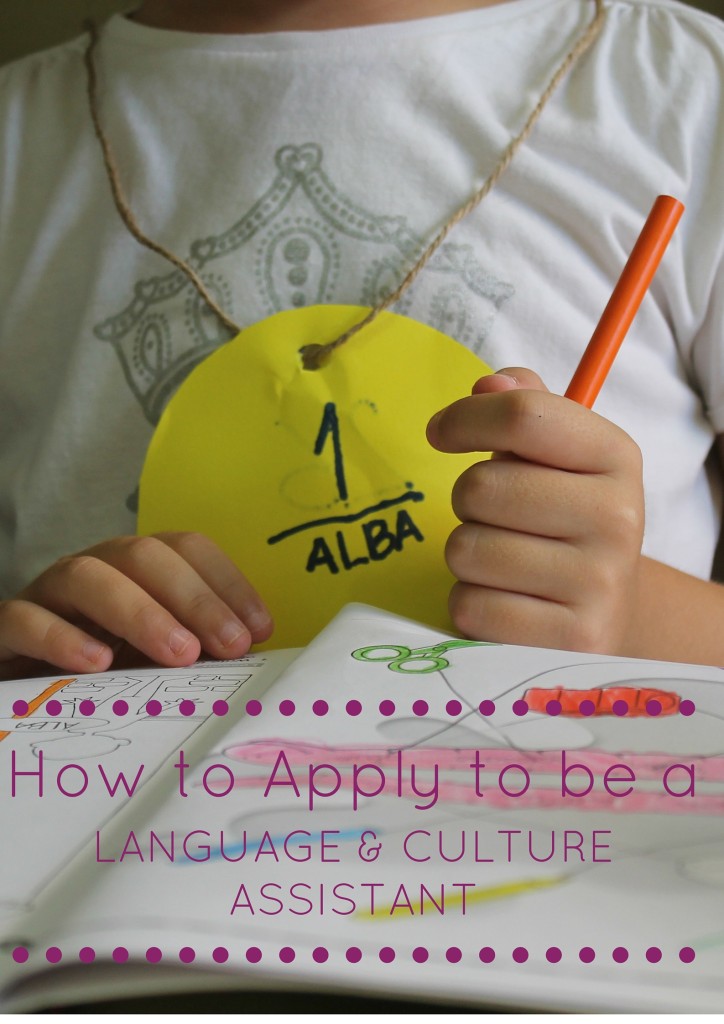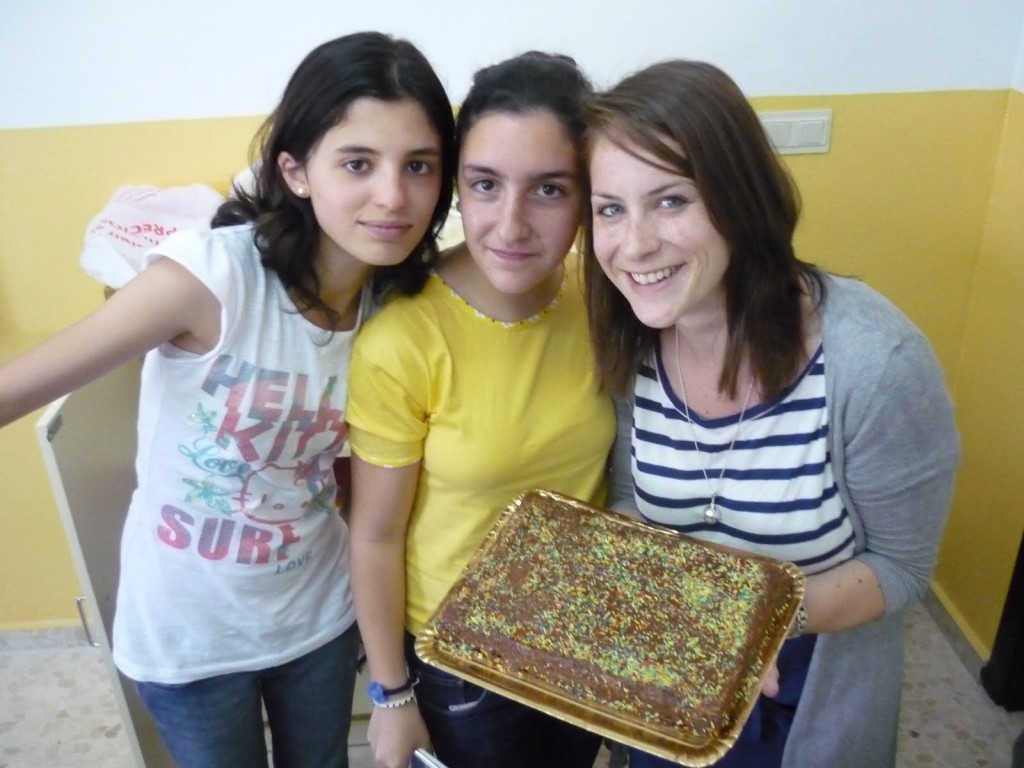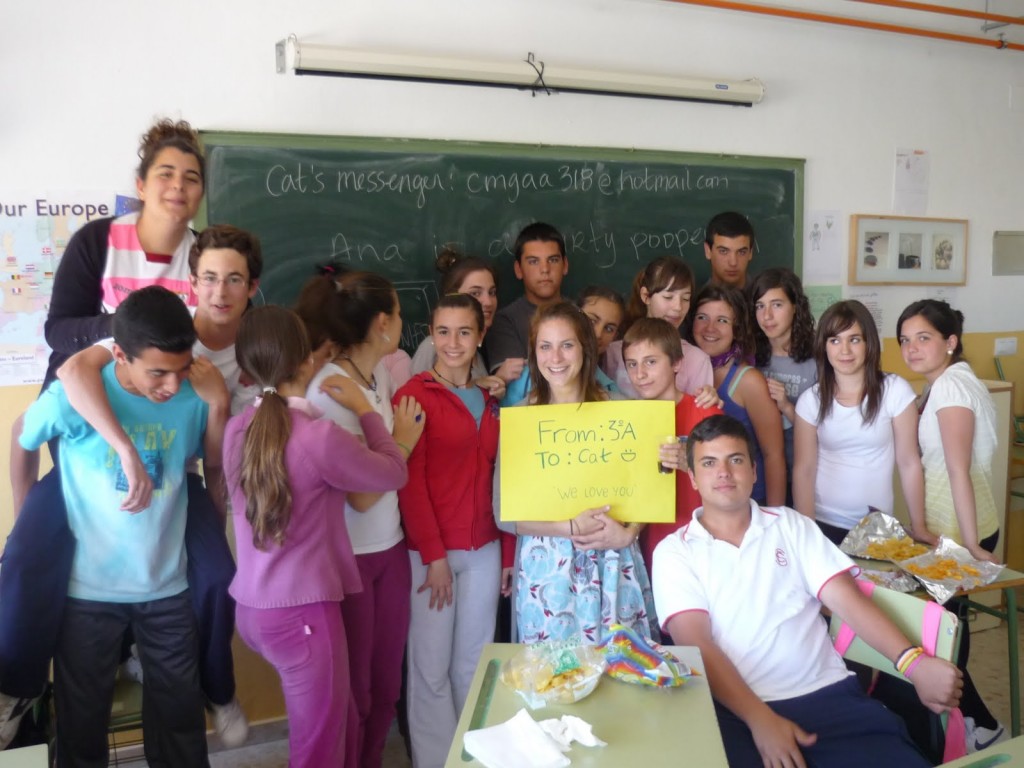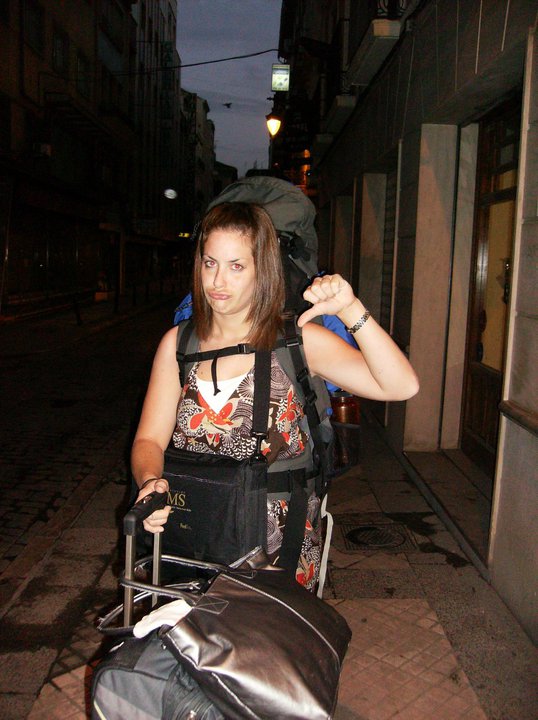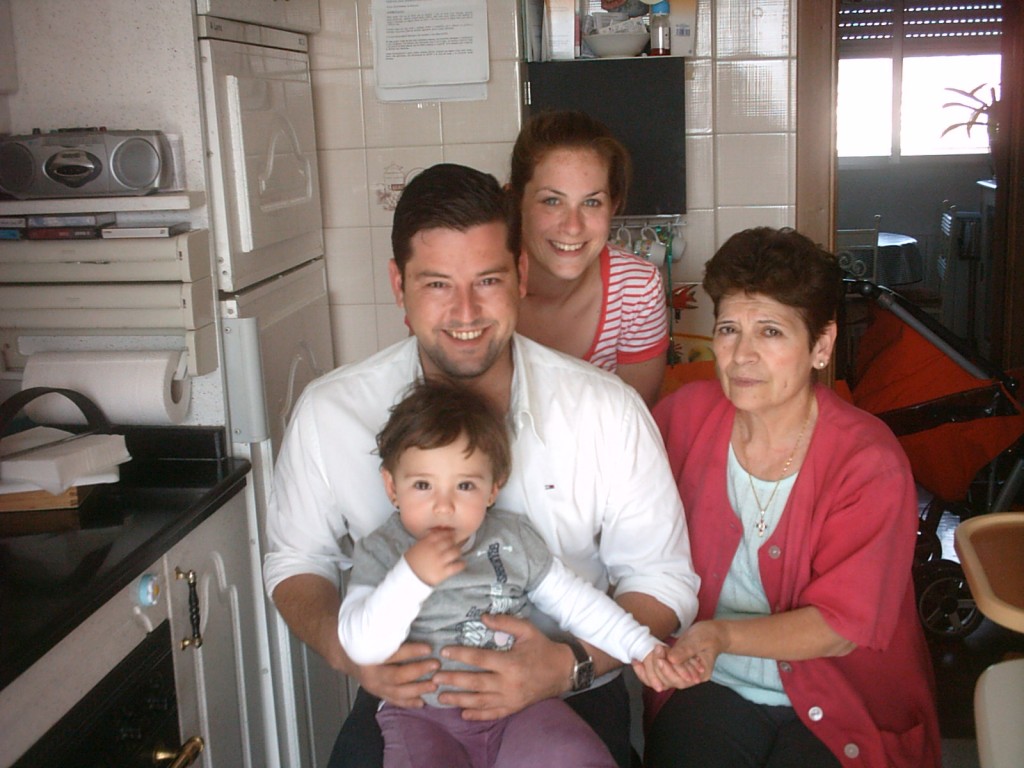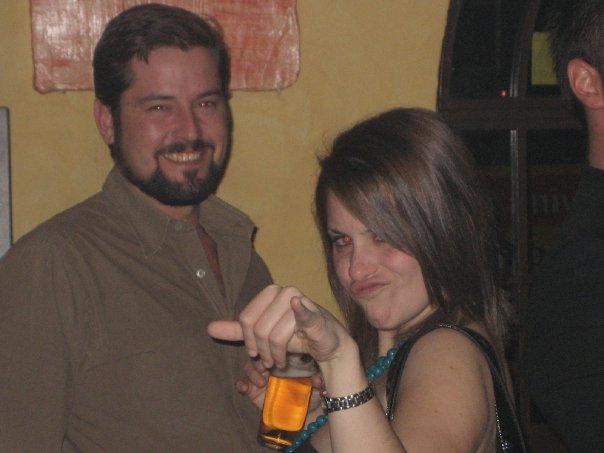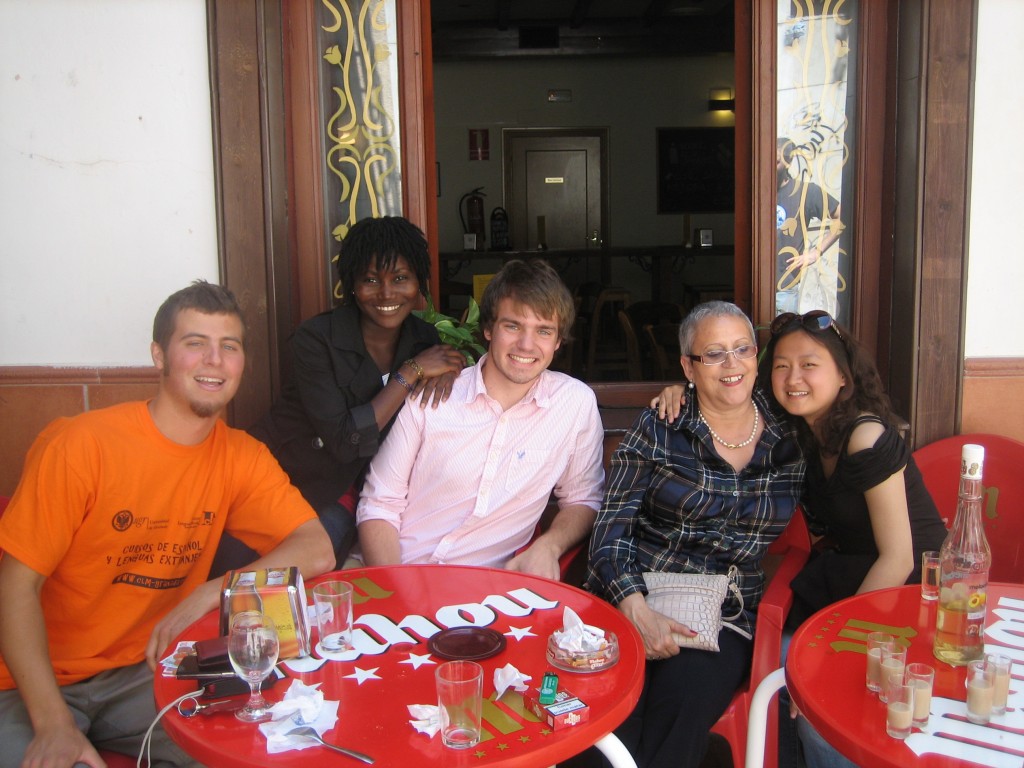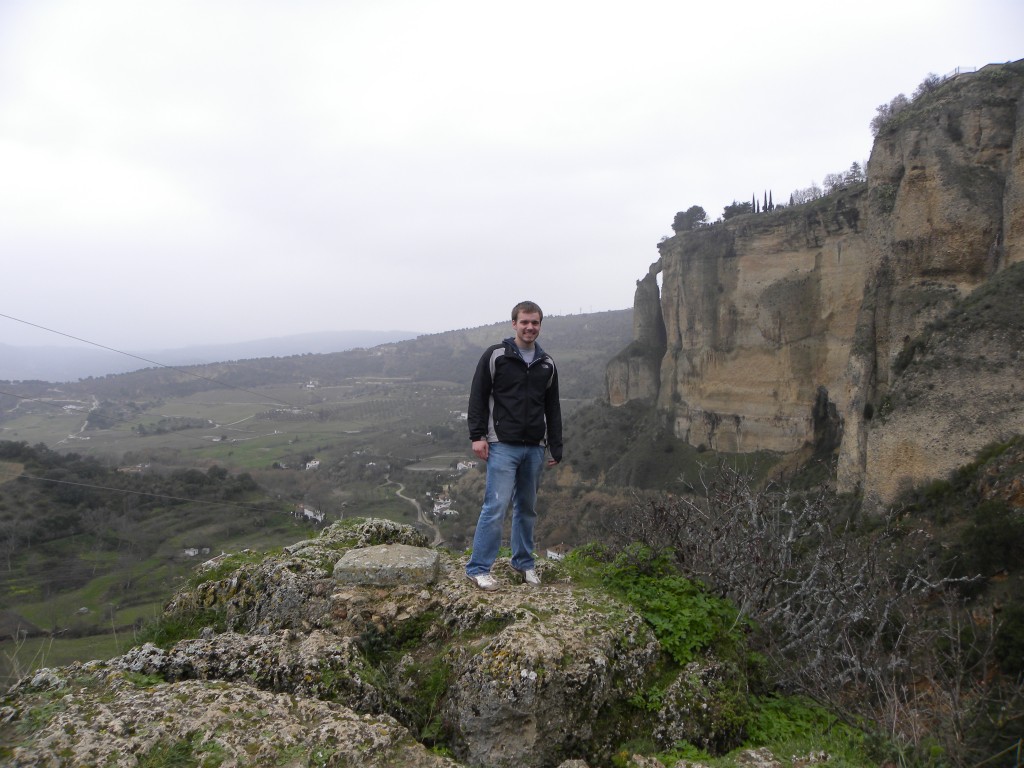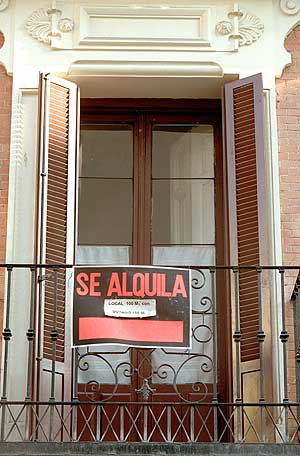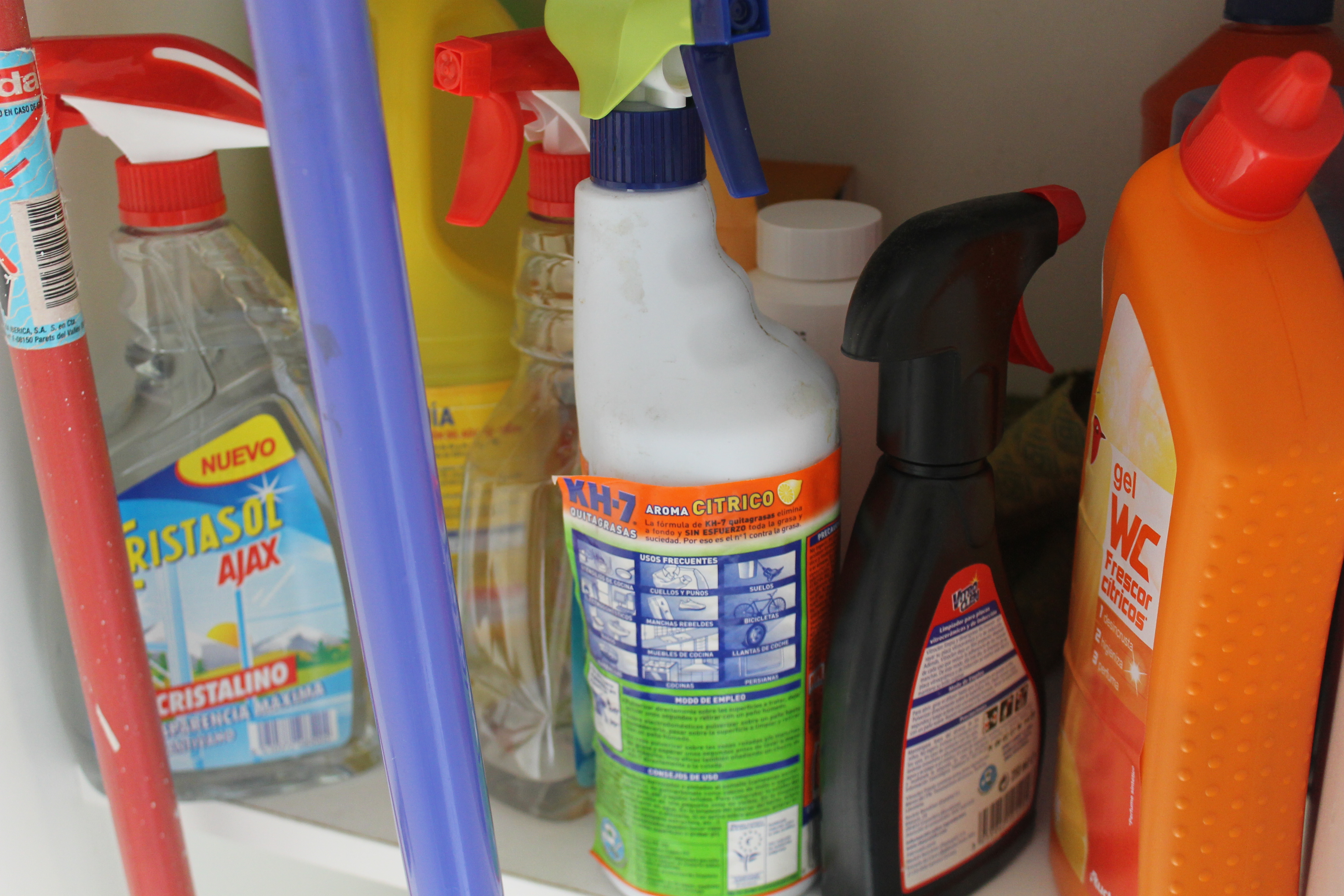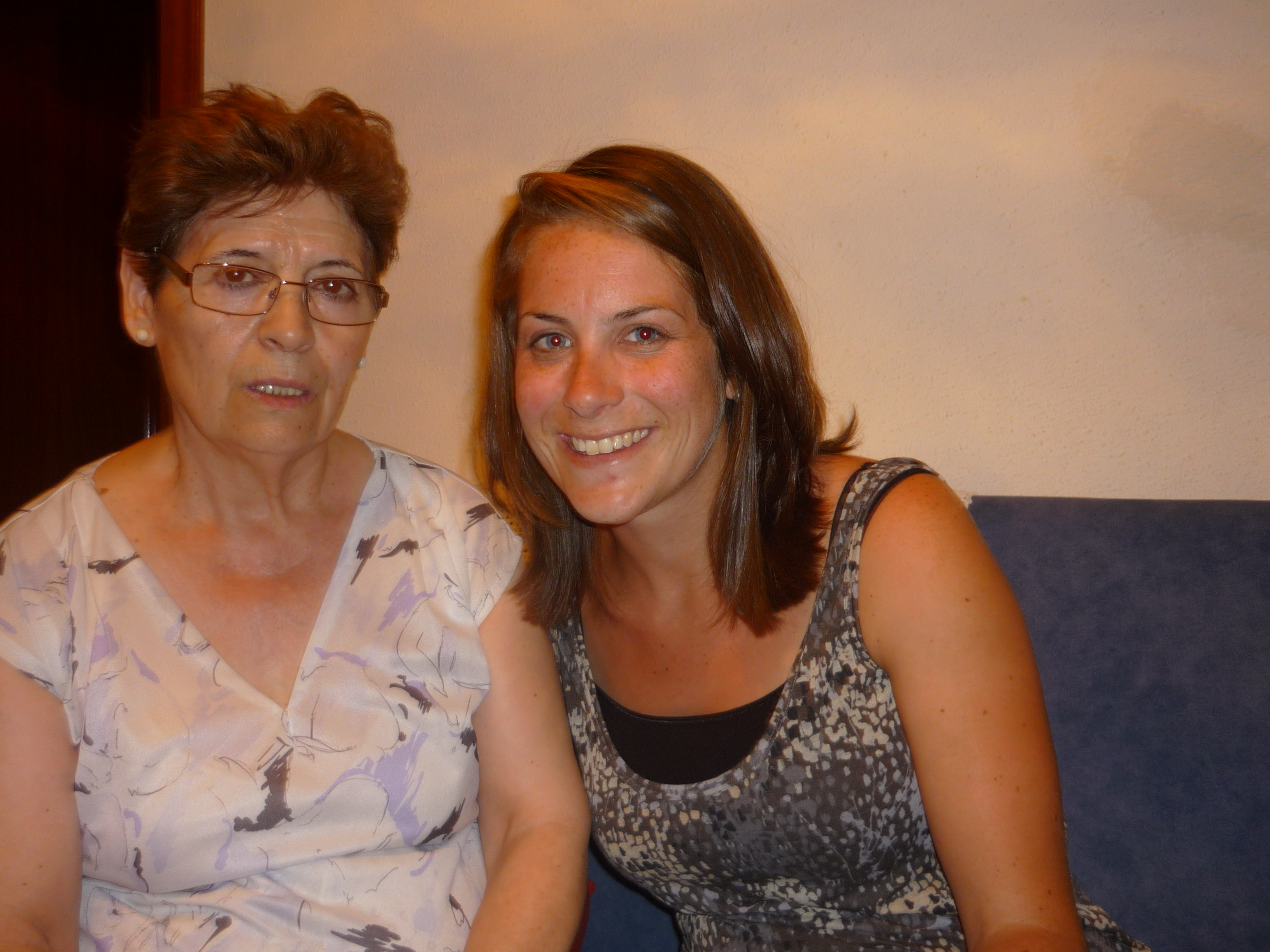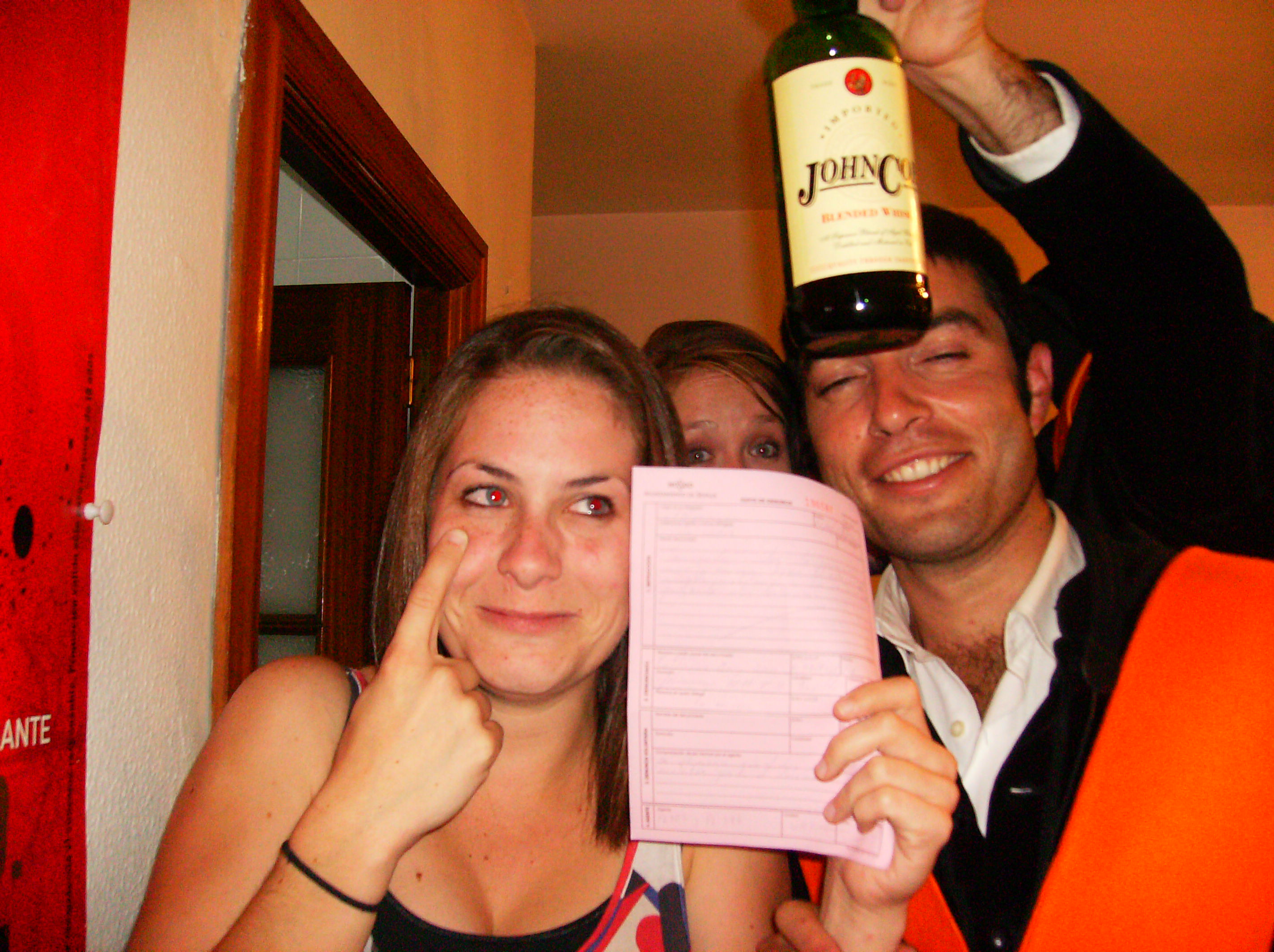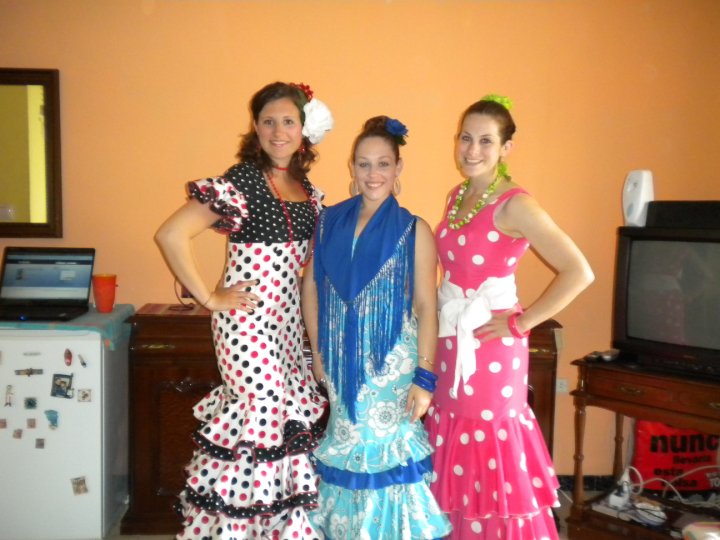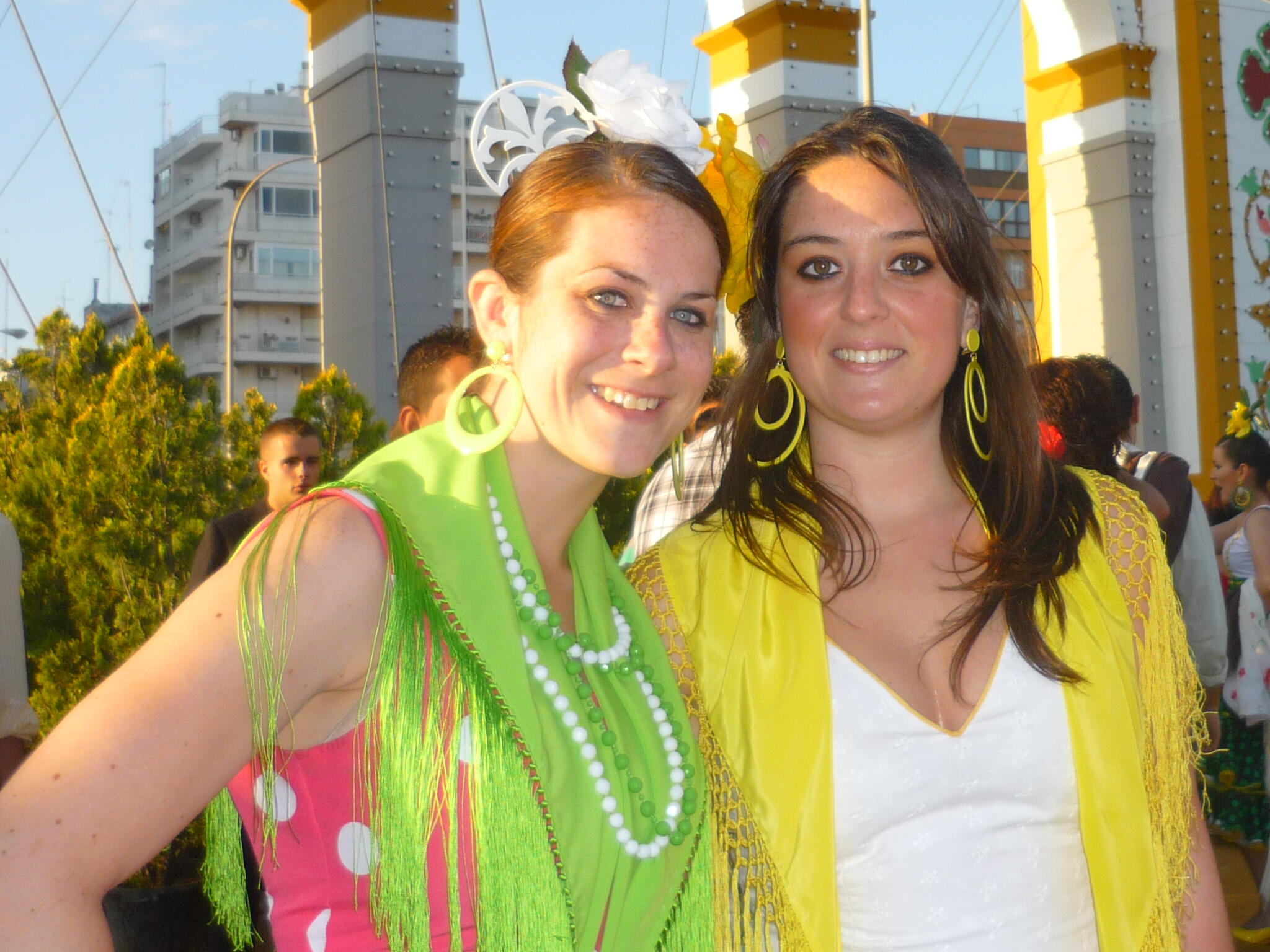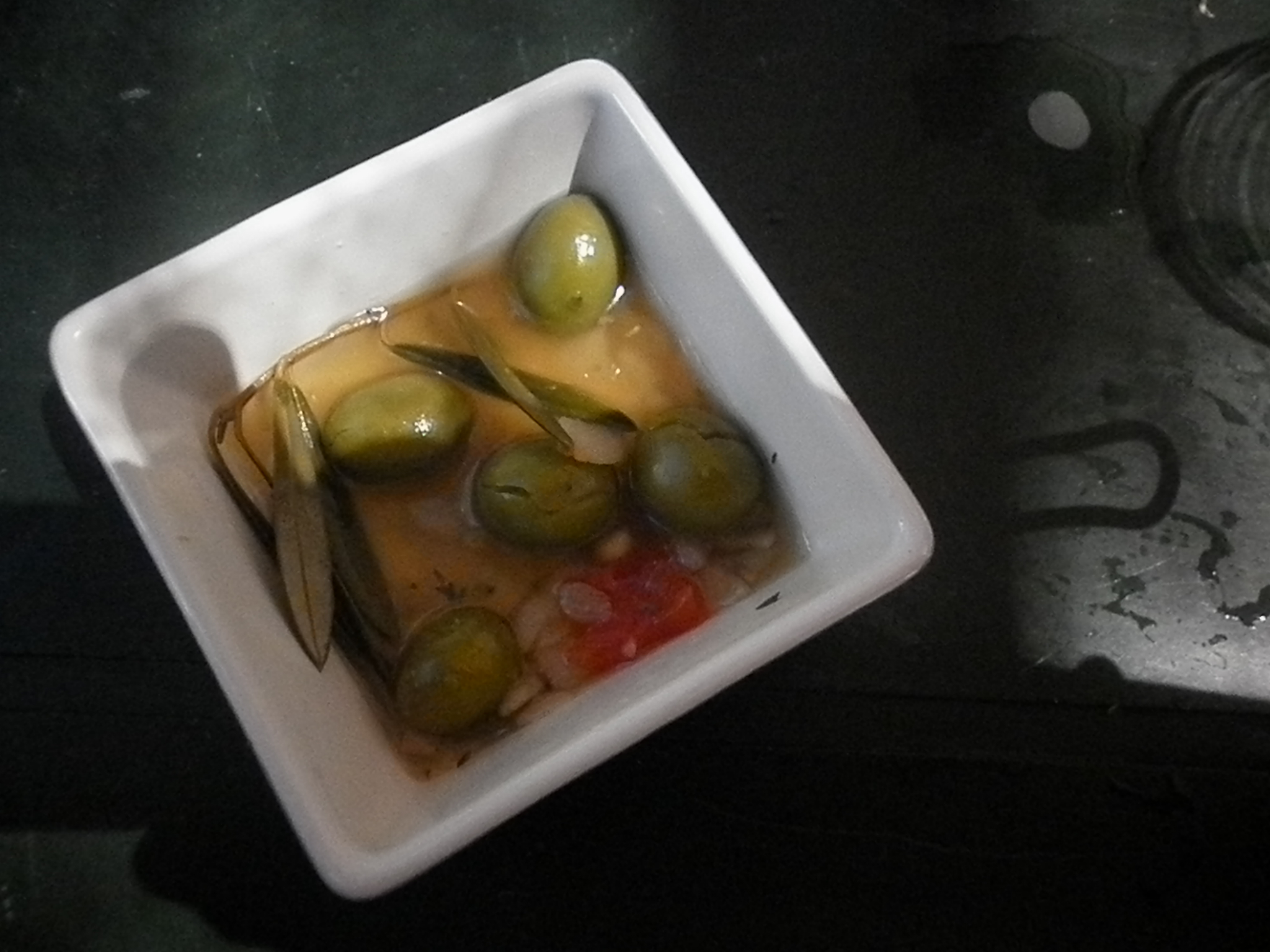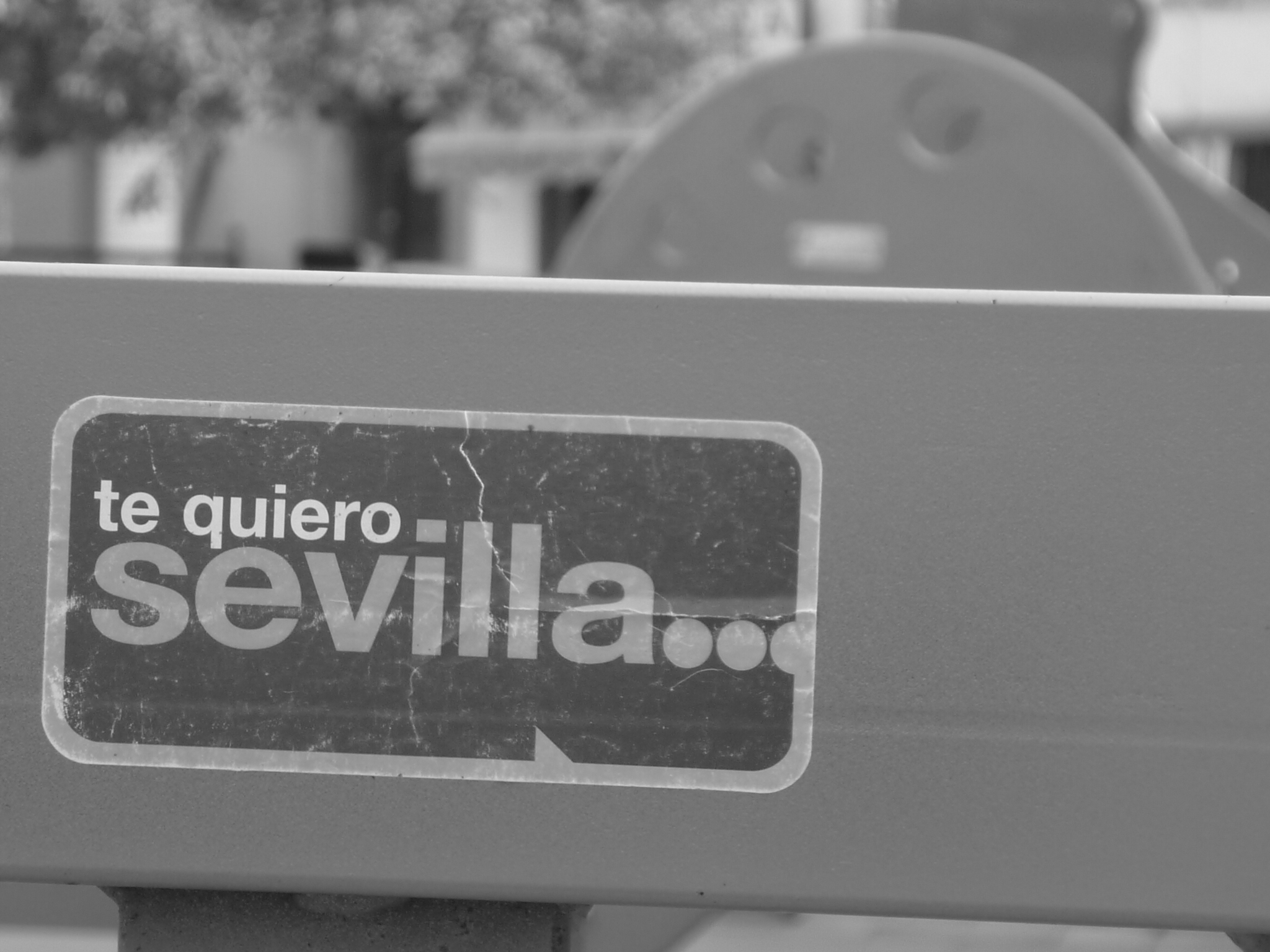Spring is here, and while it brings all the things I love – sunny afternoon coffees over charlita, the springtime fairs and romerias and renewed ganas to trip around Andalucia, there’s one thing that I despise: my allergies. I cough and hack and sneeze my way into ERs throughout Seville thanks to being allergic to nearly everything in the air here but postureo.
The biggest culprit? Olive trees. This from my substitute to butter, the shame!!!!
I’ve been itching to visit Jaen, a province in the northeastern part of Andalucía, for years. Home to Renaissance villages, natural parks and….never-ending olive groves. While I’ll have to wait to get there, Anna Frisk of the blog Cut the Kitsch takes us on a visual journey of this oft-forgot province.
Sniffles guaranteed.
A mesmerizing sea unfolds from the perch of Cazorla. The mountainside village in Jaen is not surrounded by water, but millions of olive trees. This ‘sea’, as its name implies in Spanish (El Mar de Olivos), is an endless dotting of green.
When I first came to Spain, my teaching placement situated me right in the heart of Andalusia’s olives. My previous knowledge of Spain consisted of little beyond the expected: wine, flamenco and tapas. The region’s hefty haul of olive oil production (more than 20% of the world’s supply) hadn’t registered until I saw the blur of green from the train’s windows.
Throughout Jaen province, the sprawling pattern of olive trees gives the landscape a dual dynamism: an admirably esthetic and a pragmatic purpose. Yet in a country garnering great media attention for its culinary creations, Jaen has gotten little to none, especially outside the peninsula.
Moreover, in a world increasingly consumed by the health merits of the Mediterranean diet, Jaen holds its liquid gold, extra virgin olive oil. Enter Jaen and you enter a world consumed by the olive.
If you visit, here are a few musts to follow.
>Stock up on the liquid gold
Each town offers shops specializing in olive oil throughout the region. Walk in one, but make sure to ask. Chances are you don’t know what you should be looking for; ask the experts. They’re here.
>Taste it
Sure, it’s not wine country, but that doesn’t mean you can’t taste your way through the region. This is perhaps my greatest olive related regret of Jaen; I never did a proper tasting. Google search “olive oil tasting in Jaen” and myriad of favorable results pop up.
>Tapa crawl through the UNESCO World Heritage jewels
The region represents more than its principal fruit. Tucked within the heart of Jaen are two UNESCO World Heritage cities, Baeza and Ubeda. I had the fortunate of living in the former. While the rest of Andalusia flaunts its Moorish details (of which the two small cities still have), Baeza and Ubeda proudly tout Italian Renaissance architecture, some of the best in Spain, too.
Moreover, it’s a tapas haven. If you’ve traveled through Spain before you may have realized that free and generous isn’t the rule, but the exception.
>Hike Cazorla
This is wild Spain at its arguable best. With a park profile that includes alpine meadows, mountain ridges, pine forests, waterfalls, wild animals and more, Cazorla (nearly) has it all. In fact, as Spain’s largest protected land tract, it quickly beckons those with any inclination toward nature.
It’s also tagged with the prestige of an UNESCO biosphere reserve, which means it gets additional international importance. If you visit, make time for a post-park stop at its namesake, a mountainside village that sits picturesquely beneath a castle.
After snapping a photo, sit down, order a beer, and enjoy the region’s favorite aperitif, fleshy and fresh olives.
Anna Frisk is a blogger and photographer who considers herself a vagabond with a day job. Anna first found the world via Okinawa, Japan. Since then, she’s trampled through mountains, temples and deserts to arrive here. Check out her blog at http://annafrisk.wordpress.com.
Have you ever been to Jaén? What should I visit when I go out there?

